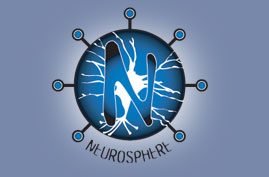Astroblogging?
The World Right Now
And the reach of our grasp of the world around us extends into outer space. The array of telescopes and satellites surveying the universe grows every year – the challenge is in personal access and understanding of all the data available to us. It may be a while, however, before there are many bloggers in space…
“Using AstroGrid an astronomer can request sets of observations of the same area of sky taken by several different telescopes and combine the data; perform the same analysis on all the data simply by setting up a set of commands in the AstroGrid system. Previously each data set would have to be processed individually, taking much longer to get results.”
http://www.astrogrid.org/
